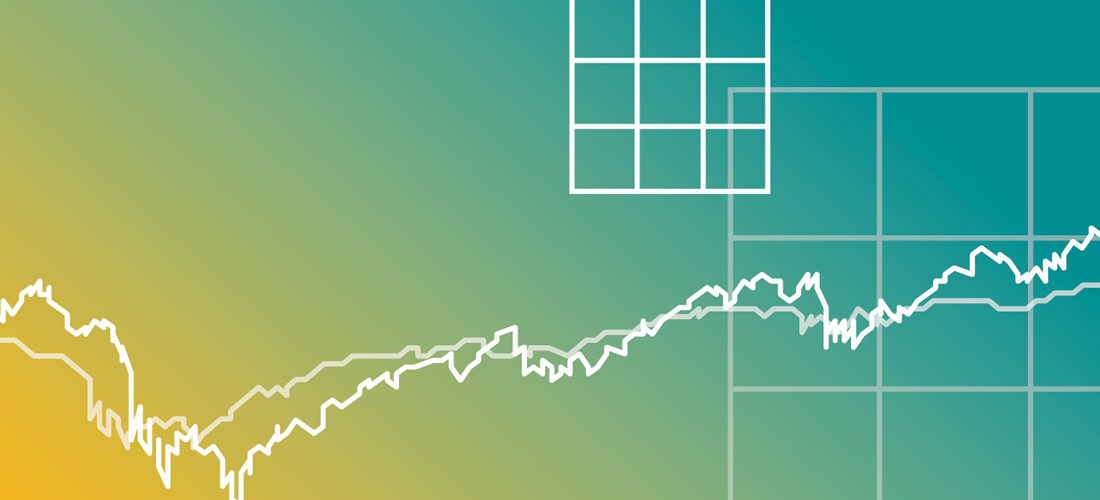After several challenging years, many value fund managers entered 2021 quietly optimistic at the prospect of a revival. The year began strongly with a rebound in value following a return to more cyclical stocks with late-2020’s positive vaccine news. That outperformance took a pause through the middle of the year, though, as the low-interest-rate environment continued, and the growth cycle stretched a little longer. The ASX 200 closed the 2021 calendar year with a robust 17.2% gain.
But cracks appeared in the market toward the end of the year as the prospect of higher inflation and the potential for an interest-rate-tightening cycle during 2022 caused anxiety in the investing community, leading to a selloff in equities. As the table below illustrates, the Australian market was in negative territory over six months to the end of February 2022, most of which was attributable to year-to-date performance. We have also seen dispersion in styles and sectors as market drivers.
Volatility has returned to equity markets, but what is striking is the discrepancy between value and growth. Looking at the decline in the most recent six-month period, the value benchmark remains in positive territory with a small 1.55% return. This contrasts with the growth benchmark’s reasonably significant 9.6% decline, nearly reaching the definition of a market correction. Looking at the table below, it’s clear that value has been more sought after by investors recently, bucking the great run growth had for some time.
It’s worth digging a little deeper to explain why. The recent fortunes of the technology and energy sectors stand out for opposing reasons. After technology pushed the market higher for many years, increasing inflation concerns and the threat of rising interest rates have taken the shine off this sector, with investors seemingly no longer willing to pay high multiples for long-duration growth. The charts below show that the technology sector, which represented less than 3% of the ASX 200, cratered 37.17% in the past six months to February 2022. Healthcare was a bigger source of pain with its 16.66% decline, given that the sector constituted almost 10% of the market.
While increasing demand from the reopening in global economies has lifted oil and other energy prices, this has been further aided by the uncertainty in energy supply created from the Russian-Ukraine conflict. As a result, a cyclical sector like energy has surged 25.52% over the same period, though notably this only made up 4.2% of the Australian market. Financial services, mainly the banks, and basic materials are the market’s two heavyweight sectors at 29.0% and 24.4% allocations, respectively, and tend to be more prominent with value investors. Both sectors outperformed the broader market the past year, while the latter has been effective in providing downside protection against recent falls.
Only time will tell whether the latest variance in style and sector performance means value’s return is transitory or develops into something persistent. What is likely throughout 2022 is uncertainty, with inflation expectations, interest-rate forecasts, geopolitical risks, and the global pandemic all presenting investment considerations. This highlights the need to assess how diversified portfolios are across the Australian equity market.
 Morningstar
Morningstar






